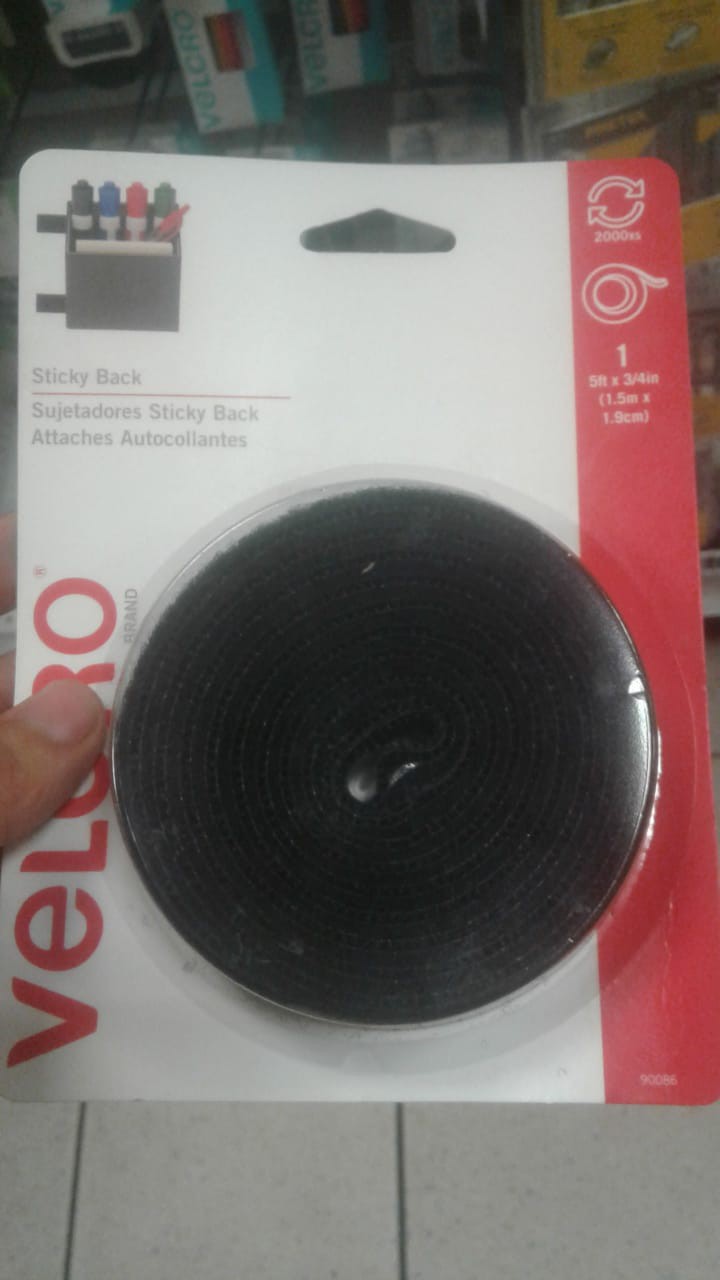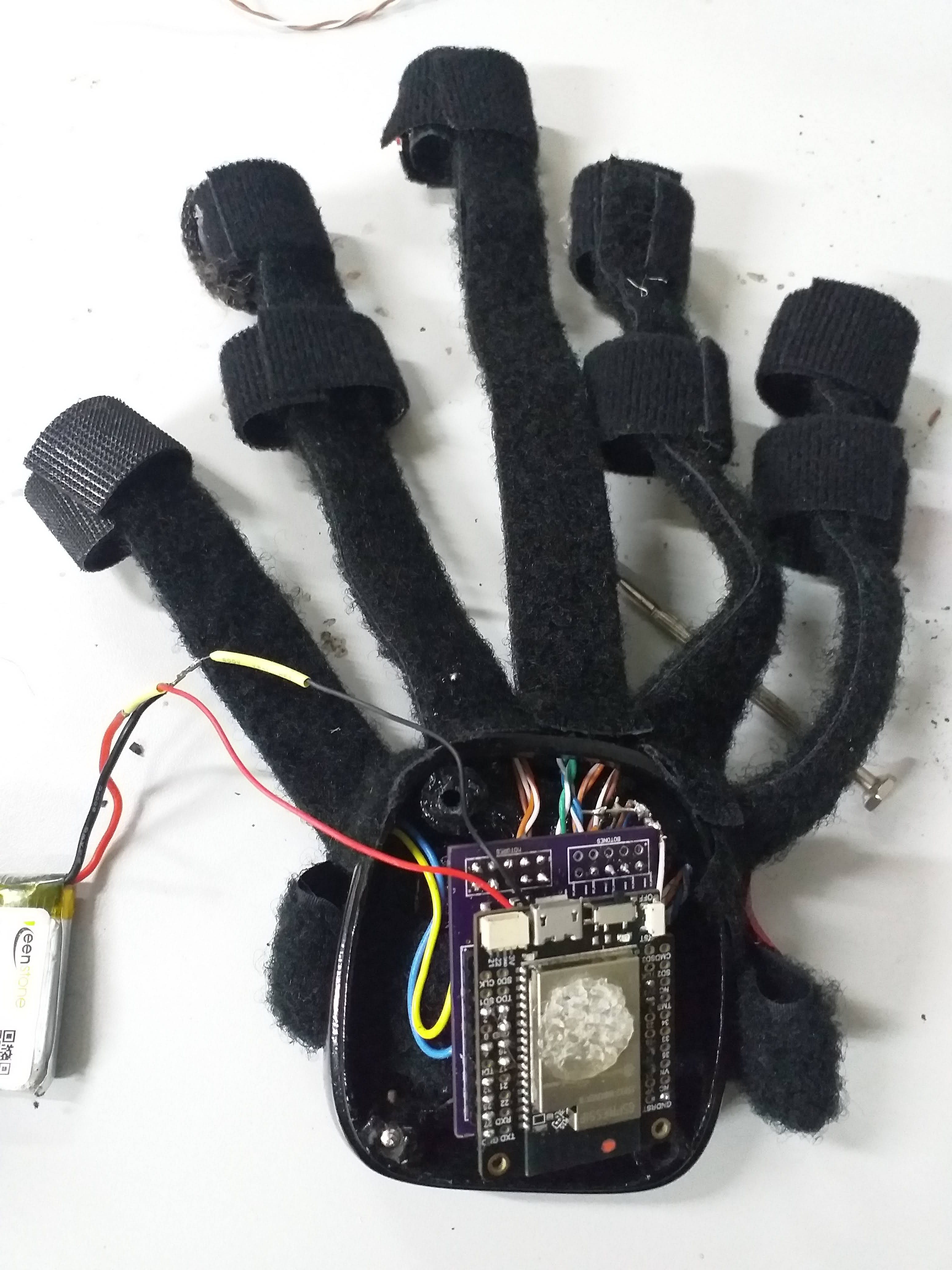Design of project:
Basic Design of remote education solution was built around the understanding of a method to teach math to children with visual disabilities, witch is the teacher inputs censorial impulses via the hands of the student (making pressure) in different parts and patterns of the fingers to represent different operations and numbers, numbers 1 to 10 are counted making pressure to the fingers (Units, Tens, Hundreds, Hundreds thousands are signaled to left fingers in left had and different operation signal as plus (+) minus (-) multiplication (*) divition (/) and (=) are also signaled through the left hand variation of the pulse length and frequency of pressure over the left hand fingers.
so a teacher would input the operation 1 + 1 = 2 as pressure in right had little finger, then single short pressure in little finger left had (+) and then again a pressure in right had little finger the a pressure left hand thumb (=) and then annular finger pressure to indicate (#2) and so on he teacher would use his voice to further indicate each number and signal. then the student mus reply the hole operation and then gradually he would be asked only the question ans he would have to reply only the answer part.
Mayor draw back of this method is that it requires one teacher and one student as well as physical contact of each other to be able to input and read output of each operation and number.
to digitize this we made a sort of glove with 3M Velcro tape and use a set of coin linear buzzers positioned above the middle of each finger to vibrate to signal input, and some tactile buttons in the middle part of the fingers so students can reply the answer.

We used Velcro Tape and not regular gloves as hands are not all one fit all and Velcro allows for rapid modification with out sacrificing commodity of wear.

each button and buzzer are connected to a ESP32 micro controller witch interprets the digital signals and outputs an PWM signal to the buzzer each hand has a micro controller and both of them are connected via wifi to a Raspberry ¨Py 4 witch acts as an internet gateway and also contains an angular app so it can function in offline mode.

the math app allows the teacher to connect any mobile device or computer to the raspigateway via wifi lan and open the angular local app to enable teachers to send the impulses either to a single pair of gloves or to all the gloves connected via MQTT Messaging, since MQTT is an publish subscribe protocol, if connected to WiFi that has Internet Aveleble all messaging is cloned and sent via internet to a central web platform where a techer can later access and either review or command new operation instructions with out having to developed a separate system. so the solution can work online and offline either one (teacher) to one (student) or One (teacher) to many Students.
 Kestler
Kestler
Discussions
Become a Hackaday.io Member
Create an account to leave a comment. Already have an account? Log In.
Understanding a problem is an essential step in solving it, and digitizing a solution refers to the process of converting a solution into a digital format that can be implemented using computers or digital devices and you can visit https://grab-my-papers.net/ site for quality work. When it comes to understanding a problem, it's important to first define the problem clearly and gather as much information as possible about it. This might involve doing research, talking to stakeholders, or gathering data to better understand the issue.
Are you sure? yes | no